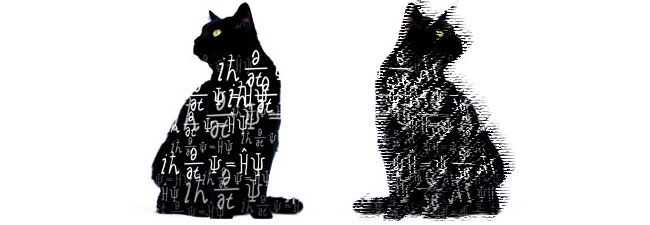
Schrödinger’s cat is a thought experiment devised by physicist Edwin Schrodinger in 1935 which describes a hypothetical cat locked in a sealed box with a flask of poison and a radioactive source. The cat’s life depends upon the decay state of the radioactive material.
A quantum mechanics interpretation of this situation suggests that until the box is opened, the material exists in two states — decayed and not decayed. This also means that the cat is both alive and dead until the box is opened and the contents observed.
The other piece of the recent study, which was published on May 21 in the journal Nature involves Heisenberg’s uncertainty principle.
This states that the more precisely you know one trait of a quantum particle, the less precisely you know its related variable. Position and momentum are often given as an example of a pair of traits. When quantum particles are “squeezed”, the uncertainty of one trait is reduced, although that of the other increases.
In the new research, Jonathan Home, a professor of quantum optics and photonics, and his colleagues were able to “squeeze” the state of a calcium ion that had been caught in a small cage made of electric fields using a laser light. This allowed them to have a better idea of where the ion was located. But at the same time, the uncertainty of its velocity increased greatly.
“This state squeezing is an important tool for us” Home told Phys.org. “Together with a second tool — the so-called state-dependent forces — we are now able to produce a ‘squeezed Schrödinger cat’.”
This involved using laser beams to push the calcium ion to the right or left. Depending on the ion’s energy superposition state — or spin — the researchers were then able to create an ion that was both on the right and the left. This hybrid state lasts only until you measure the spin, at which time the ion decides which side to be on.
This type of squeezed Schrödinger cat is more stable against disruption, allowing it to remain in its hybrid state longer without collapsing into a normal particle. This kind of stability would be useful in quantum computers, which make calculations based upon superposition states.










